Hand-Knotted vs. Hand-Woven vs. Hand-Tufted Rugs
It’s easy to appreciate a beautiful rug, but identifying its construction can be tricky without the proper knowledge. This is especially true among handmade rugs. What is the difference between hand-knotted and hand-woven? Are hand-tufted rugs really handmade?
James Royce Modern Rugs is here to help you answer these questions.
Hand-Knotted Rugs:
The technique of hand-knotting rugs dates all the way back to the 4th century B.C., and it is as much an art form as sculpting or painting. First, the artist creates a pattern. Then, they hand tie thousands and thousands of knots to a vertical loom.
There are two primary types of knots, the Ghiordes (Turkish) knot and the Senneh (Persian) knot. Artisans used the Ghiordes knot to create the Pazyryk, the oldest carpet in the world! It is a symmetrical technique in which the horizontal colored yarn (the weft) wraps around the vertical yarn attached to the loom (the warp). The Senneh knot is asymmetrical as craftsmen wrap the yarn around only one warp before passing it to the next one.
After the knotting portion is done, artisans shave the knots down to give the rug its finished look.
Regardless of the knot used, the process is tedious and takes months to complete. That is why these rugs are more expensive. The number of knots per square inch determines the quality and price; the more work put in, the higher the cost. Out of the three methods, hand-knotting is the most challenging.
Determining Authenticity:
1. THE KNOTS:
The easiest way to verify the authenticity of your hand-knotted rug is to look for knots. It sounds simple, but you should be able to see the individual knots that make up the rug.
2. THE BACK:
There is no canvas backing on hand-knotted rugs, so if you flip it over, the pattern on the back should match the design on the front.
3. THE FRINGE:
The fringe on the edge of authentic rugs keeps the knots within the rug tight and holds the silk or wool in place. While the fringe on hand-knotted rugs might be bound and tucked away, it will always be there.
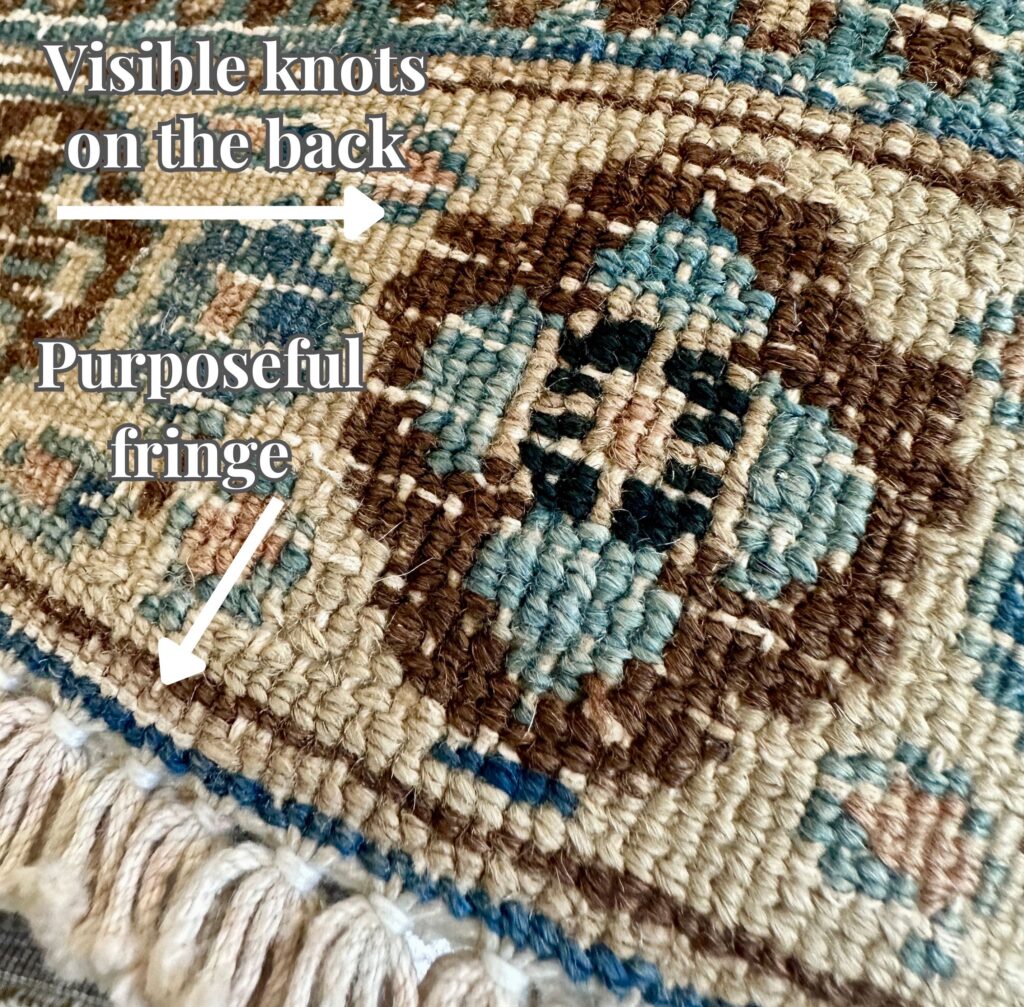
Hand-Woven Rugs:
Another word for a handwoven rug is flat weave. This is because they are, in fact, flat. There is no pile—the yarn height from the rug’s backing to its surface—and the pattern is the same on both sides. Unlike the knotted rugs which have knots on one side and pile on the other, the front and back of hand-woven rugs are interchangeable.
To create a flat weave, the artisan tightly weaves together two sets of threads, the warps and wefts, on a loom until the rug is complete.
Kilims, soumaks, and dhurries are all variations of the flat weave rug, though their differentiations have blurred over the years. Originally, kilims were flat weaves made in Persia, dhurries were created only in India or Pakistan, and soumaks were made using a specific technique supposedly unique to Shemakha, a town also known as Soumak.
Artisans named the rug after the town for this reason, but it is not entirely accurate. The soumak technique involves wrapping the weft around the warp in intricate patterns, a method used wildly in Peru, Egypt, and Persia for centuries.
Many kilims are still made in Persia, but they are also crafted in other regions in a similar style. Kilim rugs often use the slit-weaving method, which involves weaving blocks of color side by side with a vertical slit between the two. This gives the rugs bold and visually interesting geometric patterns.
‘Dhurrie’ is a term for an Indian or Pakistani handwoven textile. While people often use them as rugs, this is not exclusively the case. People also use them as bedding, as table covers, or for packing or wrapping. Their designs are often colorful and stripes are very popular.
Soumaks are similar to kilims, but the weaving technique is different. There tend to be extra weft threads woven throughout soumaks that strengthen the rug and make it appear more like embroidery. They also do not use the slit-weaving method.
Hand-Tufted Rugs:
Hand-tufted rugs blend ancient techniques with modern technology. Rather than weaving or tying knots, a machine or hand-held tool pulls loops of yarn through the rug backing. The artisan then sheers it smooth and even like hand-knotted rugs.
Compared to the other methods, hand-tufting is faster and less expensive. While these rugs can pass as hand-knotted at first glance, there are key differences.
The backs of hand-tufted rugs are canvas. There are also, of course, no knots. If there is fringe, artisans sew or glue it on for aesthetic or decorative purposes. Hand-tufted rugs are also generally thicker, though that is not always true.
While these rugs are a less durable option, they can still be a beautiful option for your home.
Learn something? Share this post!

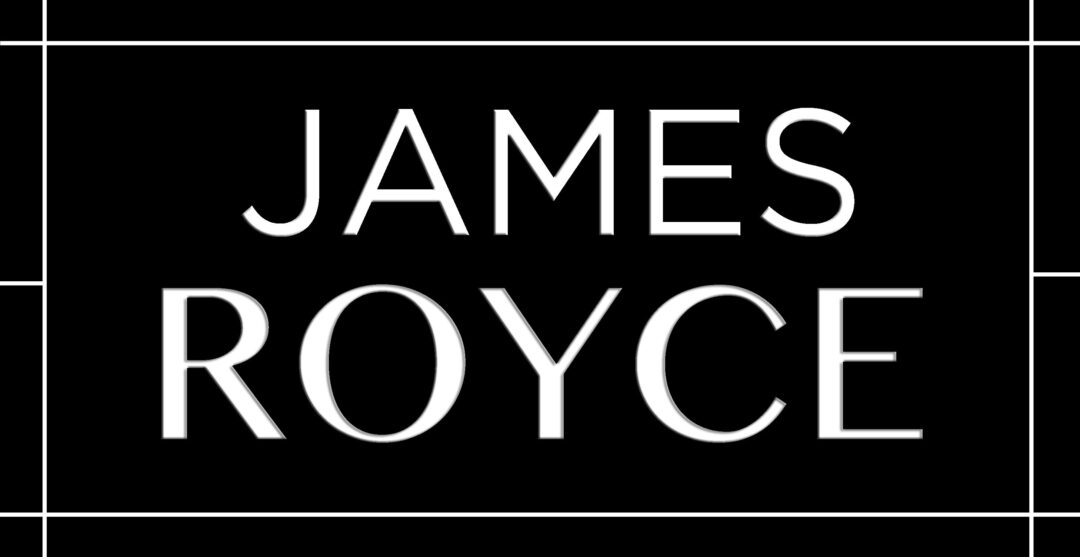
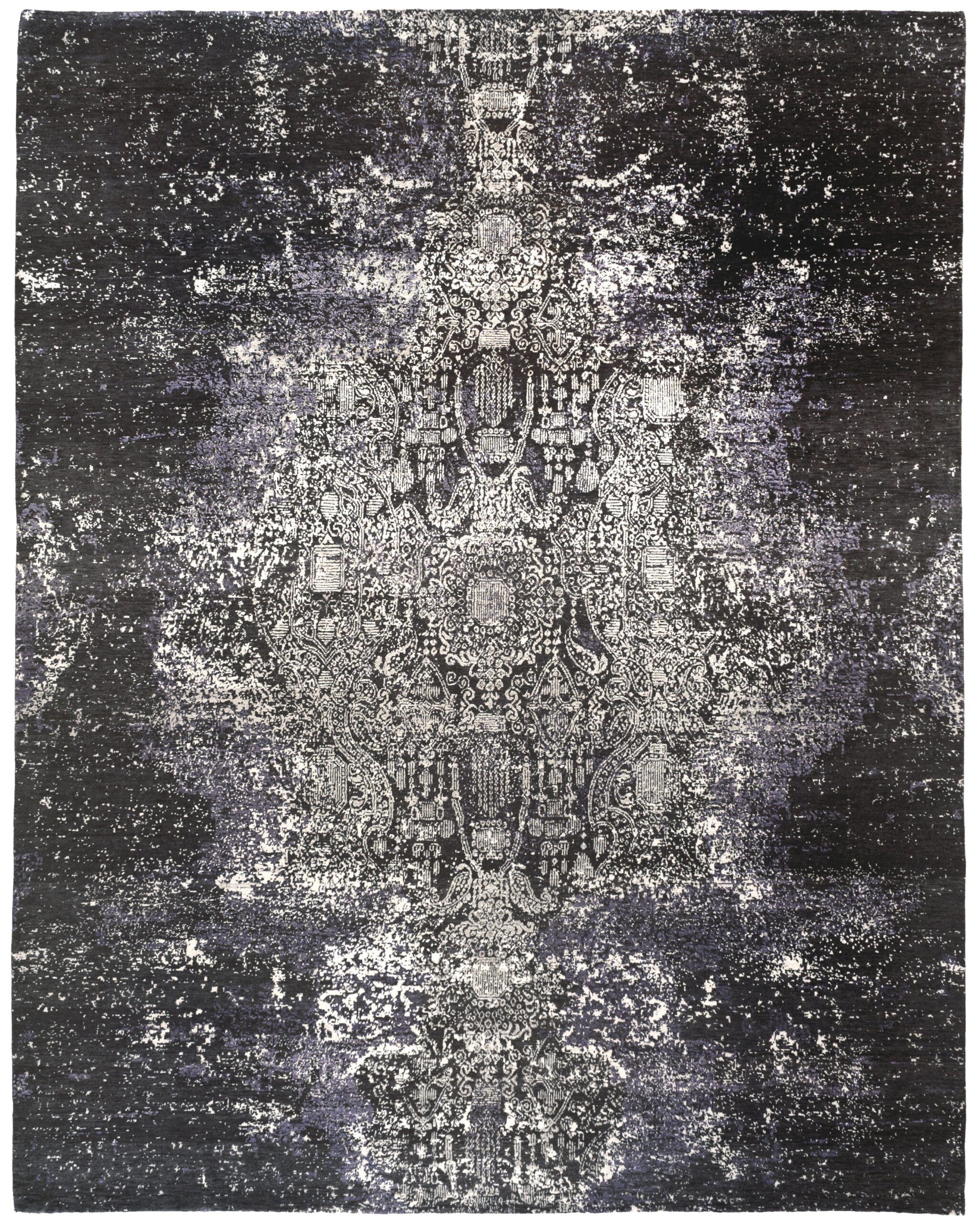

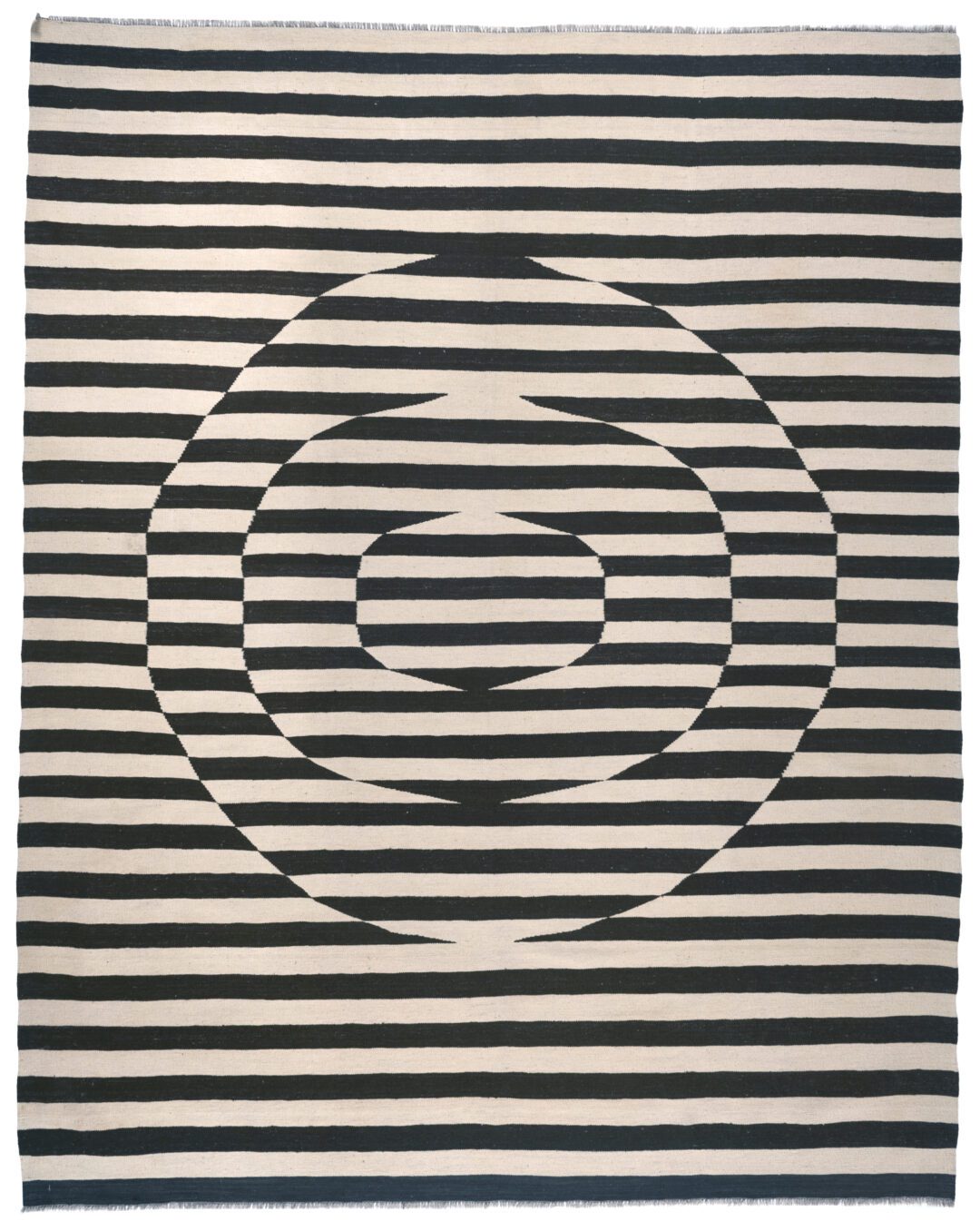

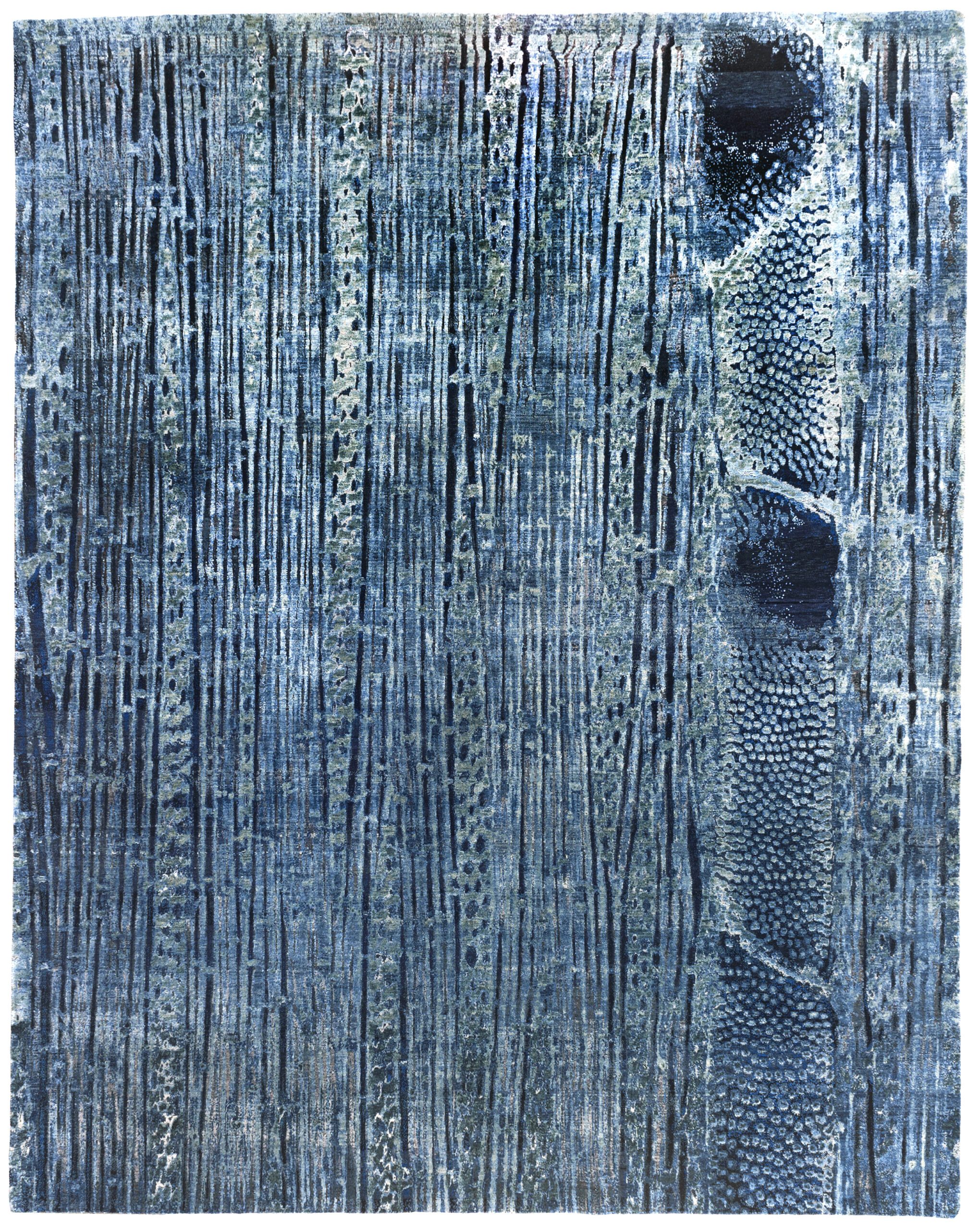
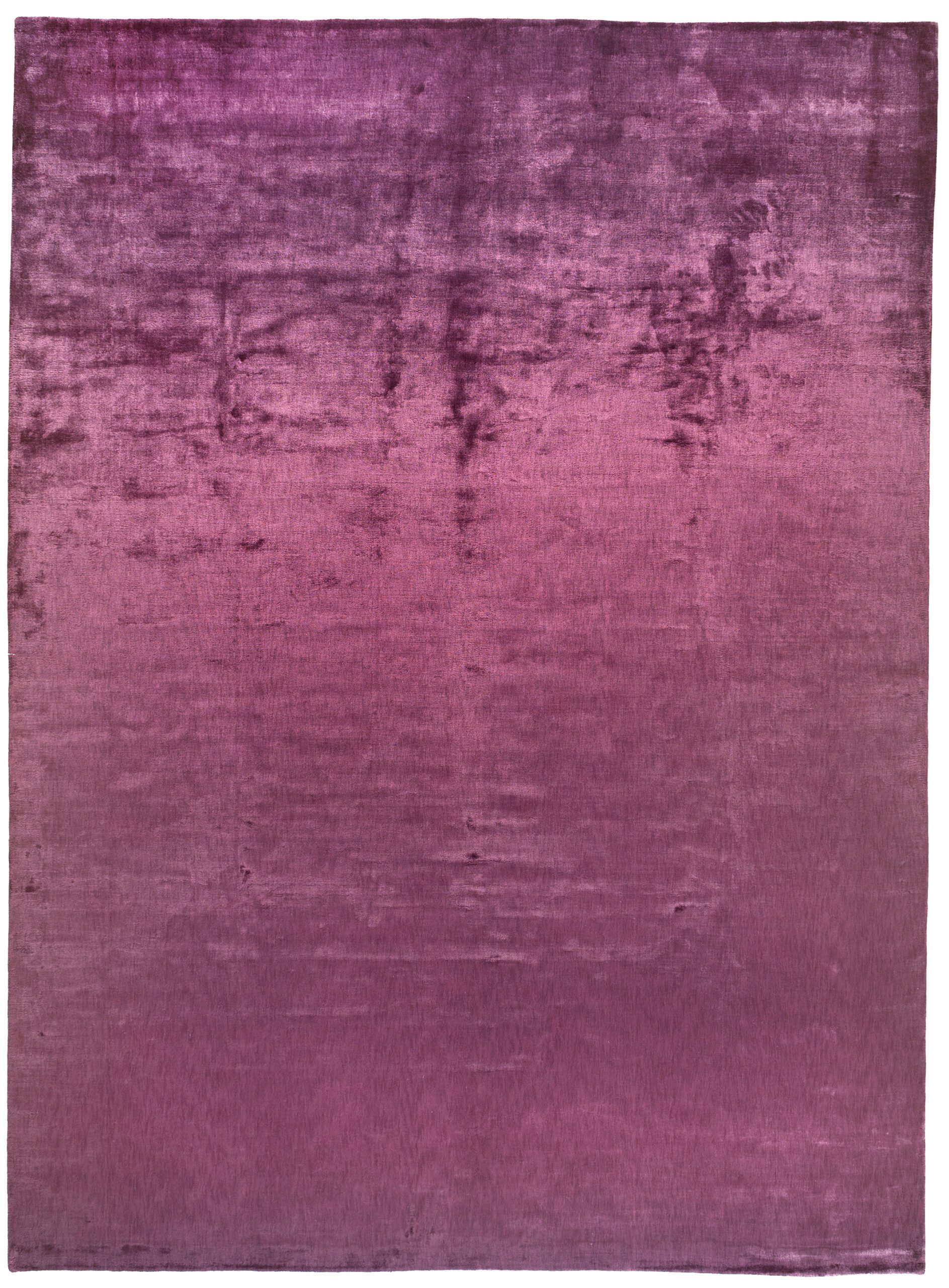
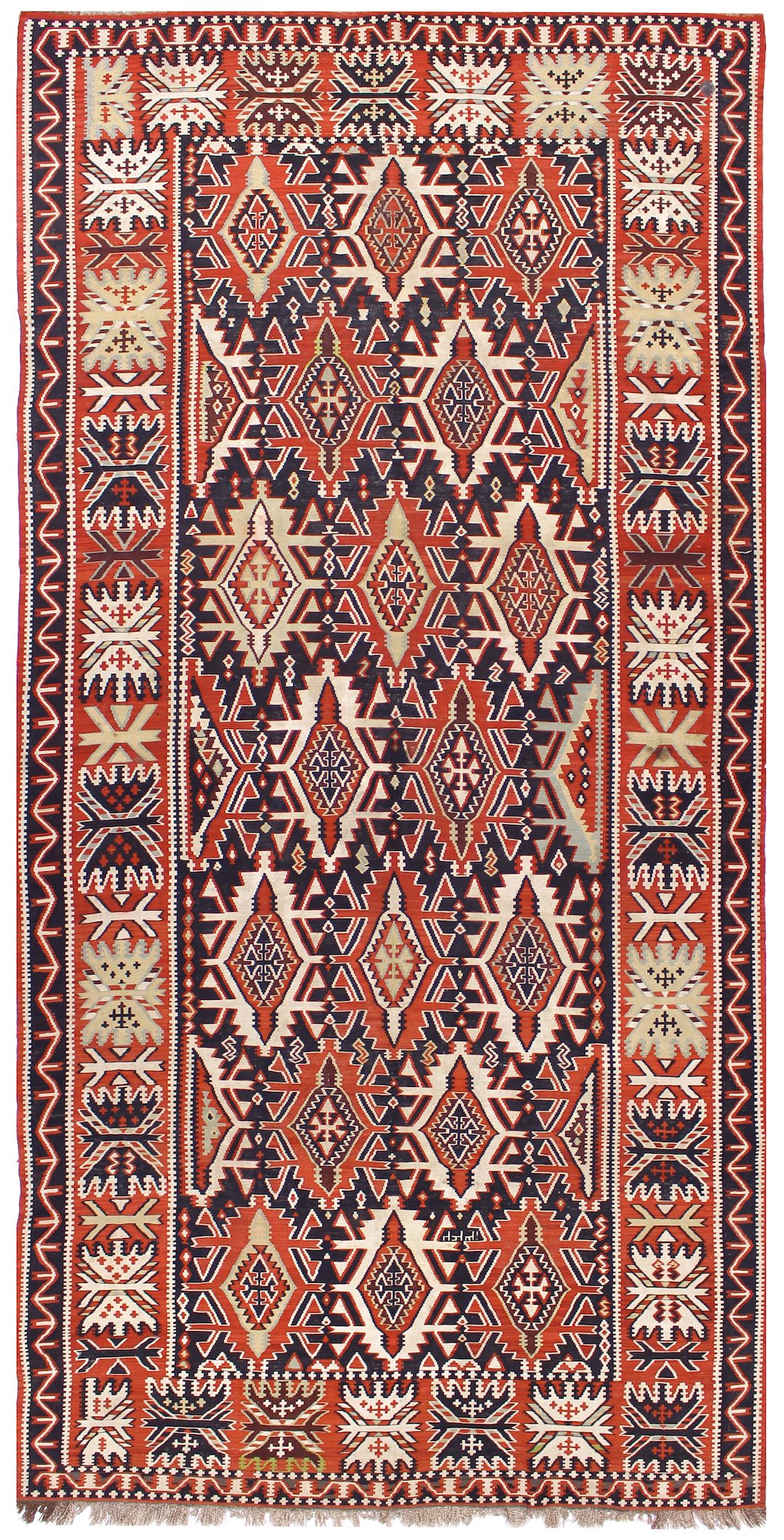
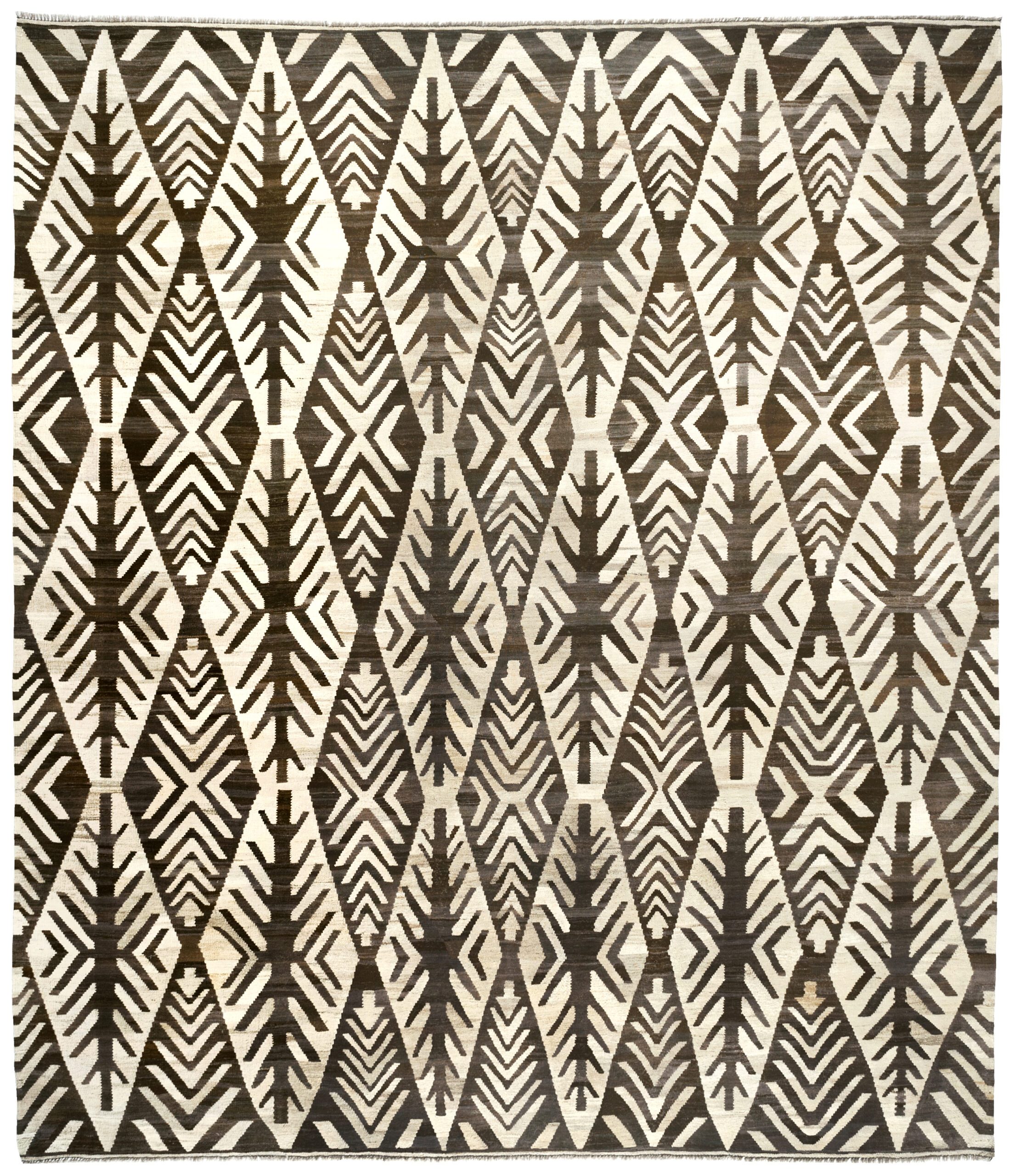


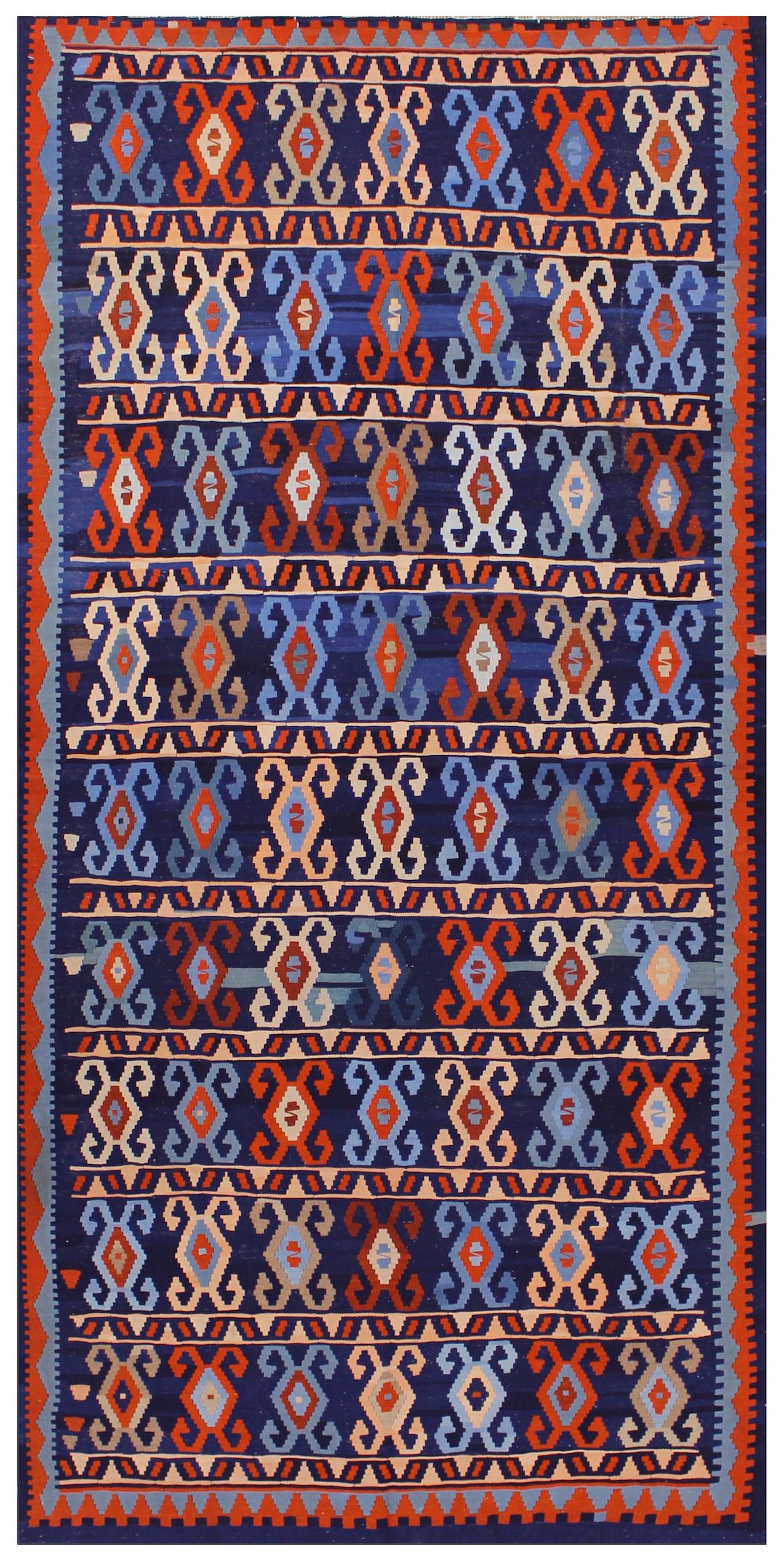

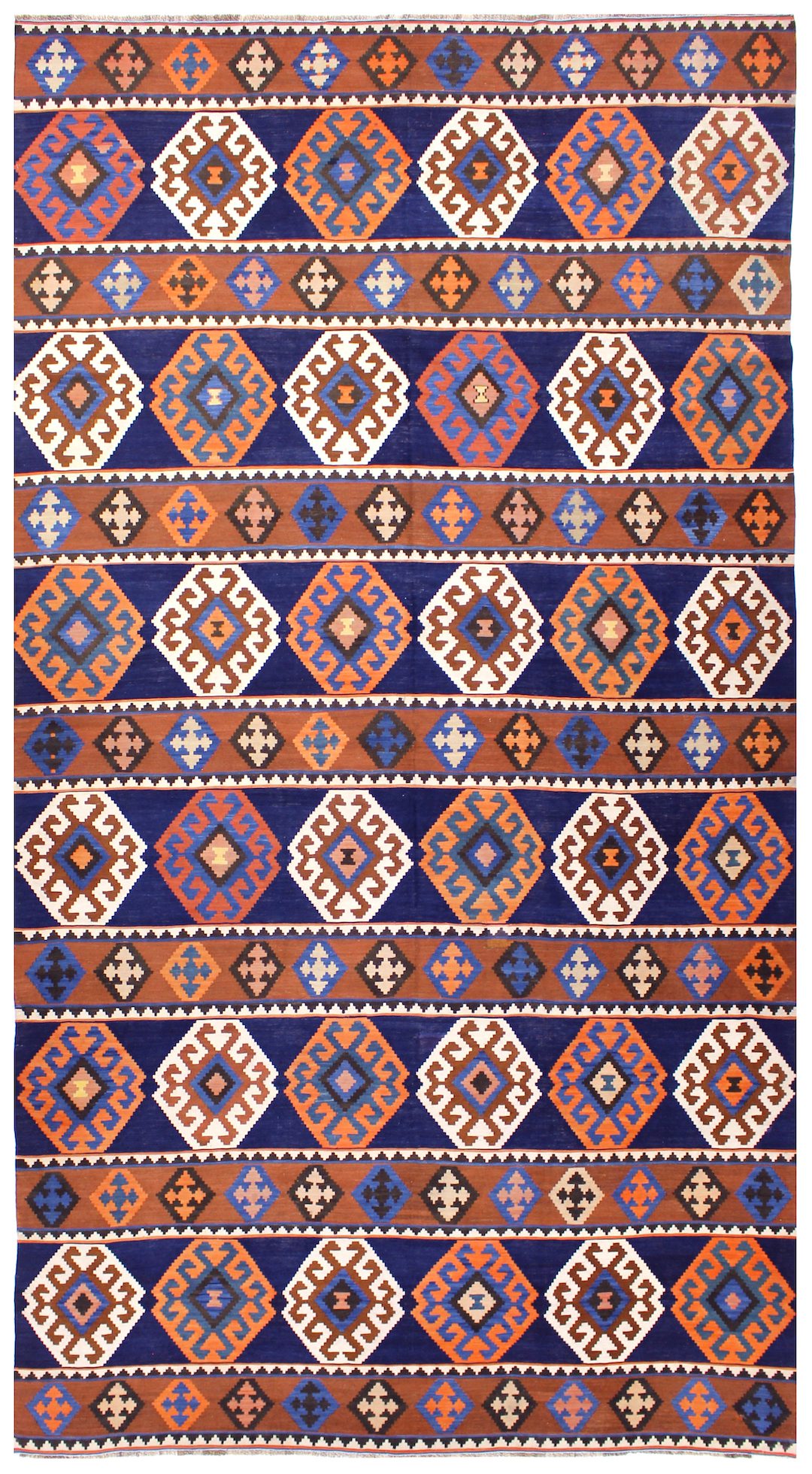

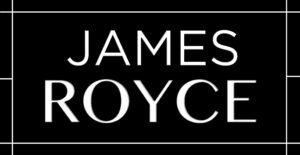
Pingback: 5 Reasons To Buy a Handmade Rug - James Royce